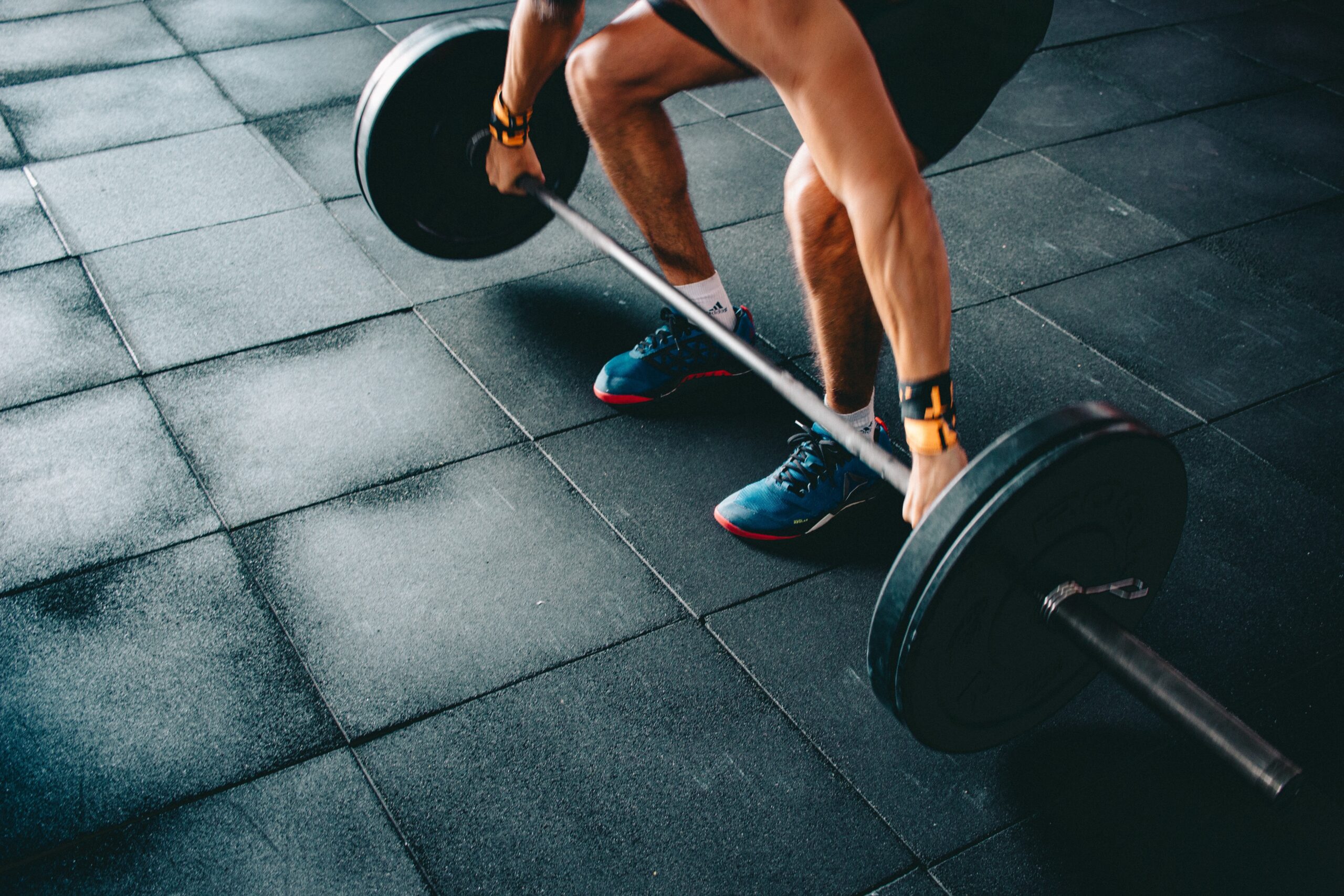What is Olympic Lifting, and why is it important?

By Josh Mangan
For an athlete trying to incorporate resistance training in order to enhance their performance for their respective sport, it can be difficult to know what types of exercises to prioritize. If you step into a normal general-population gym, you’re sure to see the ever-so-common lower body exercises like squats and deadlifts, or upper body exercises like bench press and chin ups. While these staple exercises are in fact great for becoming a stronger athlete, it is even more important for those that compete in sport to incorporate Olympic lifts, and do so in great capacity.
What are Olympic lifts?
For the actual sport of Olympic weightlifting, the three Olympic lifts are the snatch, the clean, and the jerk, in which the clean & jerk will be combined into one lift. In strength & conditioning, Olympic lifts are better defined as an explosive-weighted movement that involves triple extension. Triple extension involves simultaneous extension of the ankle, knee, and hip.
Why are Olympic lifts so important for athletes?
Going back to explosive triple extension, this is what the majority of your field sports require. Think about a 100 meter sprinters’ start off the blocks, or a running backs’ acceleration as he gets to the second layer of the defense. These are both instances that require high ground forces that are created through simultaneous extension of the ankle, knee, and hip. A critical thinking point is that these athletes are competing in non-loaded scenarios (that is they aren’t doing it with a barbell in their hands), so if we train in a loaded scenario with lots of repetition over a long period of time, it will make their unloaded scenario much easier, and in a much more explosive manner.
When incorporating Olympic lifts into your program, there are some critical thinking points before you begin.
- Repetition is key: Olympic lifts are extremely technical; there is a lot going on in a very little amount of time. Know that if you are new to the lifts there is a very big learning curve, and because of this you really need to stay at loads low enough that you can keep yourself in a safe & controlled position.
- Start clean/snatch from the hang position: There are 2 starting positions: the power position in which the bar starts from the floor, and the hang position in which the bar starts in the athlete’s hands while they are standing up tall. Honestly, the majority of your cleans and snatches throughout the year should be from the hang position, as it requires a dip & drive phase which is more sport-specific.
- Modify for injuries: If you’re an athlete with bad shoulders, maybe avoid snatches or jerks as those can further complicate those injuries. If you’re a thrower, such as a baseball pitcher or discus thrower, with a previous UCL injury you should maybe avoid certain clean variations. Keep in mind that you may be able to do other clean variations that do not require a catch-phase, such as low-pull or high-pull variations.
- It also helps braking abilities: In Olympic lift variations that require a catch-phase, an athlete is training their braking capacities which is not only important for performance, but vital for injury mitigation 1.
If you’re going to start incorporating Olympic lifts for the first time you need to have an open mindset. Approach it just as you would running a marathon for the first time, you’re probably going to start off with just a few miles on your first day. With it being so technical it is going to take time to master. Start with hang-position variations to master technique then incorporate power-position starts, but the majority of the lifts for even master athletes should still be hang-position.
Source: https://link.springer.com/article/10.1007/s40279-021-01583-x